The circadian rhythm is the ability to orientate oneself relatively independently of external influencing factors. This ability is crucial for body functions such as hormone secretion or blood pressure. An abrupt change of time zone causes the watch to lose its equilibrium and manifest itself in a jet lag.
What is the circadian rhythm?

Just like most other organisms, humans also have an internal clock that enables them to orientate themselves in time without looking at an actual clock. The circadian rhythm is also called circadian clock denotes and corresponds to this internal clock. It gives people the ability to form a picture of time independently of external factors.
The circadian clock controls periodically recurring activities such as sleeping, reproducing or eating with a certain regularity. These life- and species-preserving actions take place relatively independently of external factors and actual time awareness in a comparatively constant rhythm.
The internal clock adapts to the changing length of the day after a change of seasons through resynchronization. Since the internal clock has to be resynchronized too quickly when traveling to other time zones, there is initially a lack of agreement. This mismatch between the internal and the actual time is also known as jet lag in connection with long-distance travel.
Function & task
Many vital body functions require periodic coordination. For example, human body temperature needs to be coordinated in this way. The same is true of blood pressure, heart rate, and urine production.
The hormone secretion is also dependent on the temporal coordination. Not only sex hormones need to be coordinated periodically. Many absolutely vital body functions are also controlled by hormones, and since the hormone balance is a closely interrelated system, a miscoordination of a single hormone confuses the entire body and can even have life-threatening consequences.
Since the body functions mentioned are not subject to any conscious control, they must be independent of the actual conscious knowledge of the time. The circadian rhythm is responsible for its control. The human internal clock receives its information from specialized photoreceptors in the granular layer of the retina.
The responsible sensory cells are also known as photosensitive ganglion cells and are equipped with the photopigment melanopsin. They are located between the ganglion layer and the amacrine cell layer of the retina (retina) and are connected to the retinohypothalamic tract, which projects the information gathered by the cells into the suprachiasmatic nucleus in the hypothalamus. The nucleus suprachiasmaticus is therefore the control center for the internal clock. Here the periodically changing body functions are coordinated in time.
At the molecular level, several genes are involved in the circadian rhythm, which genetically code for the internal clock, so to speak. In addition to cryptochromes, the CLOCK gene is one of the most important genes in this context. The BMAL 1 gene, the PER 1 to 3 genes and vasopressin or prepropressophysin are also known to be important molecular components of the internal clock.
In complex interaction, they control both the transcription and the translation of self-regulating loops in the feedback, which take place over a period of relatively precise 24 hours. The PER 2 and BMAL 1 genes are light and temperature dependent and are transcribed, for example, at the beginning of the day. They then bind to the regulating sequence of the DNA as a dimer and thus start the transcription of the other genes.
Illnesses & ailments
Some sleep disorders are related to functional disorders of the circadian clock. Circadian sleep-wake rhythm disorders are often mentioned in the group of these sleep disorders. The circadian rhythm should give people an ideal amount of sleep and thus recovery in dark phases. In this way, a high level of efficiency is achieved in the light phases.
The circadian clock is adjusted to the 24-hour cycle through external stimuli. Sudden deviations from the usual light-dark change confuse the organism because they take place in an unexpected period of time. Because long-haul flights and time zone changes in particular are associated with unexpected light-dark changes for the organism, those affected by circadian sleep-wake rhythm disorders are often regular long-distance travelers.
The blind also often suffer from the disturbances because they lack the external factors for synchronization. The same applies to shift workers, for whom the sleep disorder manifests itself primarily as sleep or fatigue at the "wrong time". For shift workers, the rhythm of the environment does not correspond to the rhythm of light-dark changes, which leads to problems when synchronizing the internal clock.
Chronic circadian sleep disorders often develop into depression or other mental illnesses. A disturbed internal clock can also be causally related to a mutation in the circadian genes. Such mutations result in longer or shorter periods of activity for the individual, which can deviate more or less strongly from the usual 24-hour rhythm.
Diseases related to the circadian clock have not yet been adequately researched, as even the associated genes are a rather recent discovery. The connection between the circadian rhythm and the sleep disorders mentioned also requires further research. There are hardly any studies that deal with the circadian problem at the forefront.


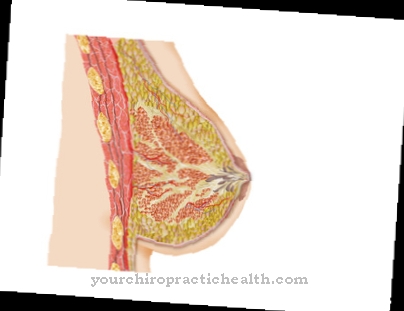
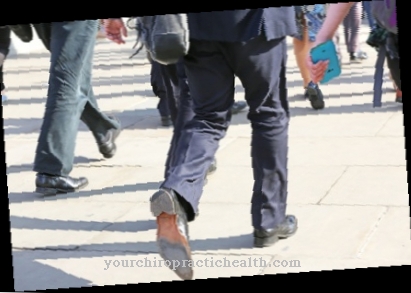
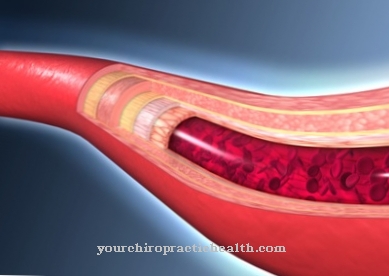
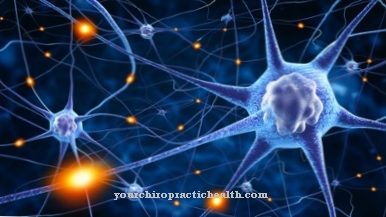
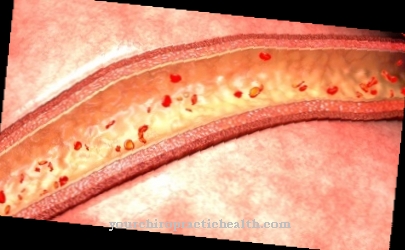






.jpg)

.jpg)
.jpg)











.jpg)